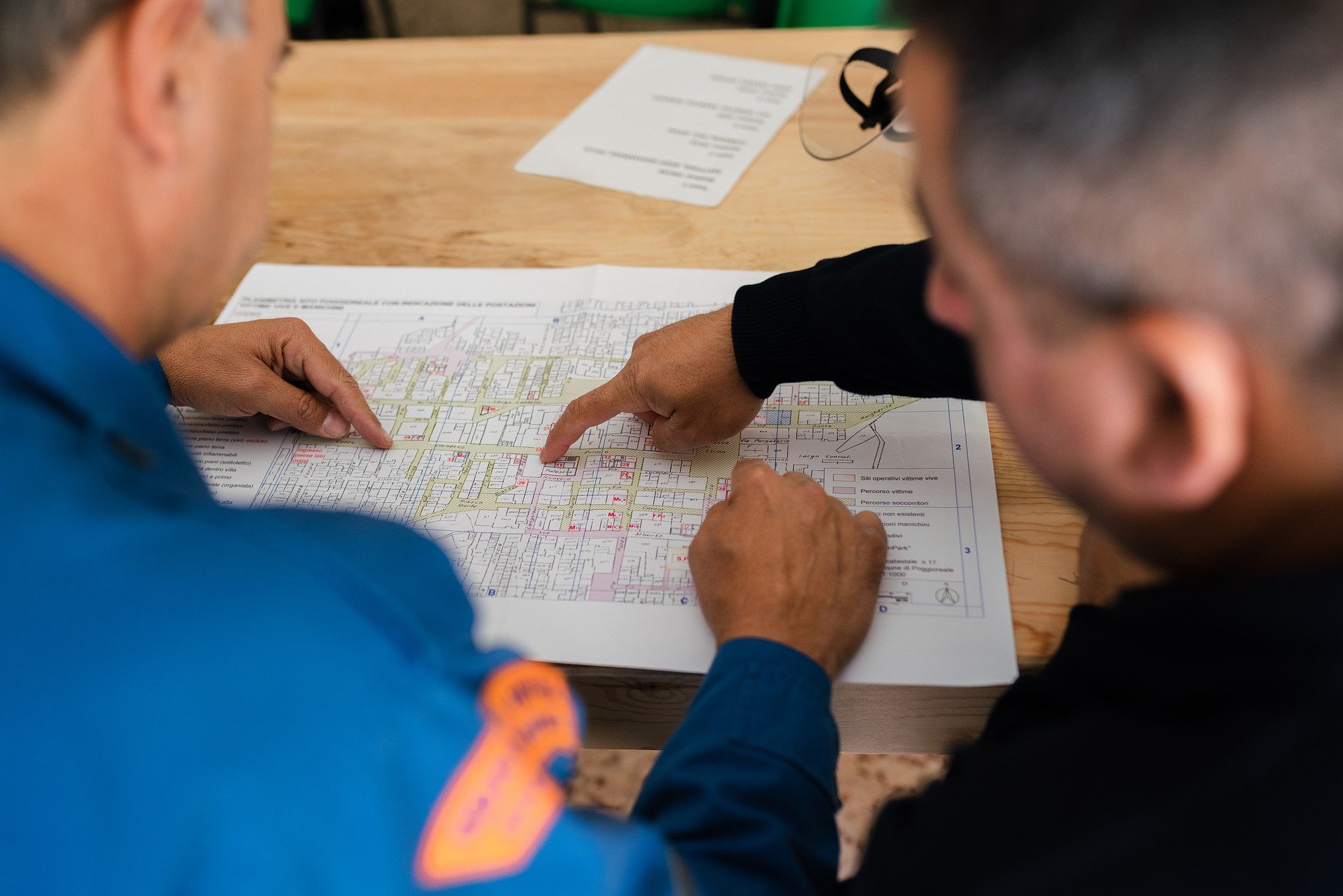
As the June 24 collapse of the Champlain Towers South condominium building in Surfside, Florida, sends society in search of answers, one structural engineering safeguard already in place may lie in the power of collaborative reporting.
Glenn Bell, P.E., S.E., C.Eng, F.SEI, Dist.M.ASCE, and Andrew Herrmann, P.E., F.SEI, Pres.12.ASCE, started CROSS-US (Collaborative Reporting on Structural Safety) in 2019 to collect, review, and publish issues and incidents regarding structural safety.
Its work has never felt so relevant.
“The recent disaster at the Surfside condominium underscores CROSS’ mission,” Bell said. “By careful and continuous study of failures, near misses, and safety incidents we can avoid tragedies like this.
“This should be our profession’s call to action to contribute to and learn from the CROSS system.”
Modeled on the British CROSS-UK system, CROSS-US accepts reports from any professionals who work with or have knowledge of structural safety issues. The reports are anonymized to keep the submitter confidential. CROSS-US’s expert panel then reviews and annotates the report. Then, following a legal review, CROSS-US publishes the report on its website.
Two years in, CROSS-US has a new website with a streamlined system for searching and accessing reports.
Bell and Herrmann recently spoke with Civil Engineering Source about their work with CROSS-US.
Civil Engineering Source: Why do you think this kind of collaborative reporting is so essential to changing the profession?
Andrew Herrmann: “In the United States, engineers are inhibited by their insurance companies and lawyers. So, if you happen to make a mistake or if you have something that’s not working well, you’re inhibited from talking about it. So, with CROSS, the confidentiality means that things can be brought to light so that other people can learn from mistakes. That’s the importance of it; that’s the beauty of it.”
Glenn Bell: “What we’re trying to do is get information that is usually very closely held by individuals and get it into the public in a shared and analyzed way. Andy has this saying, ‘Better to learn from others’ mistakes than to continue to make your own.’ And we know from the study of failures that if you don’t share information, we’ll only continue to make the same mistakes.
“The culture change in the profession is to collaborate, to share information freely, and really focus on improving structural safety by learning from past issues.”
Source: Do you feel that the industry in general is more open or interested in that kind of CROSS network of sharing than it may have been in the past?
Bell: “I think they are definitely more interested in the learning part. I think people understand the value in studying the type of information that CROSS puts out there. People are seeing it now as an ethical obligation to share information, so the interest is building.
“CROSS has been operational in the UK for 16 years now, so it’s more deeply imbedded in the culture there than it is yet in the U.S. But we’re seeing more people willing to share their own information and experiences.
Herrmann: “One of the nice things about Great Britain is that their Institution of Structural Engineers uses CROSS as part of its professional development – to actually look at other people’s mistakes so they can learn from them.”
Bell: “We’d love to get to the point where our professional-development hours are awarded and recognized in studying CROSS materials. It should be automatic reading for everybody.”
Source: We’re about two years since CROSS-US launched, a little over a year since the first publication of reports. Can you give us a status update on how the system has progressed?
Bell: “We now have over two dozen reports in the system that have been analyzed and published. All of them are really excellent learning lessons. We’ve gotten very good feedback on the value of the reports and the lessons learned.
“The more people see the CROSS system working well and see that the confidential nature of the system works and is protected, the more confidence we’re building to publish more reports. This is exactly the way it happened in the U.K. as well.
“As leaders of CROSS, Andy and I are really saying that we all have an ethical obligation to contribute to the system and share information. It’s part of our obligation as professional engineers to help improve practice and advance safety.
“And this is a very direct and powerful way of doing that.”
Learn more about CROSS-US, including how you can access the reports or contribute information of your own, at cross-safety.org.



